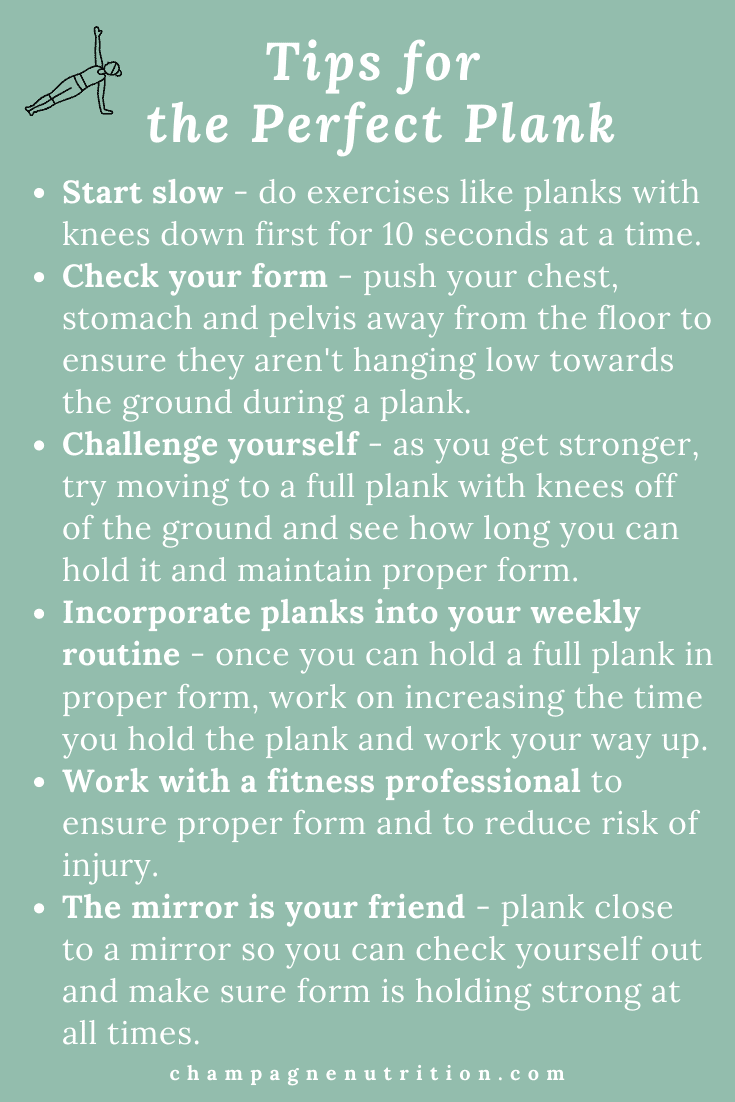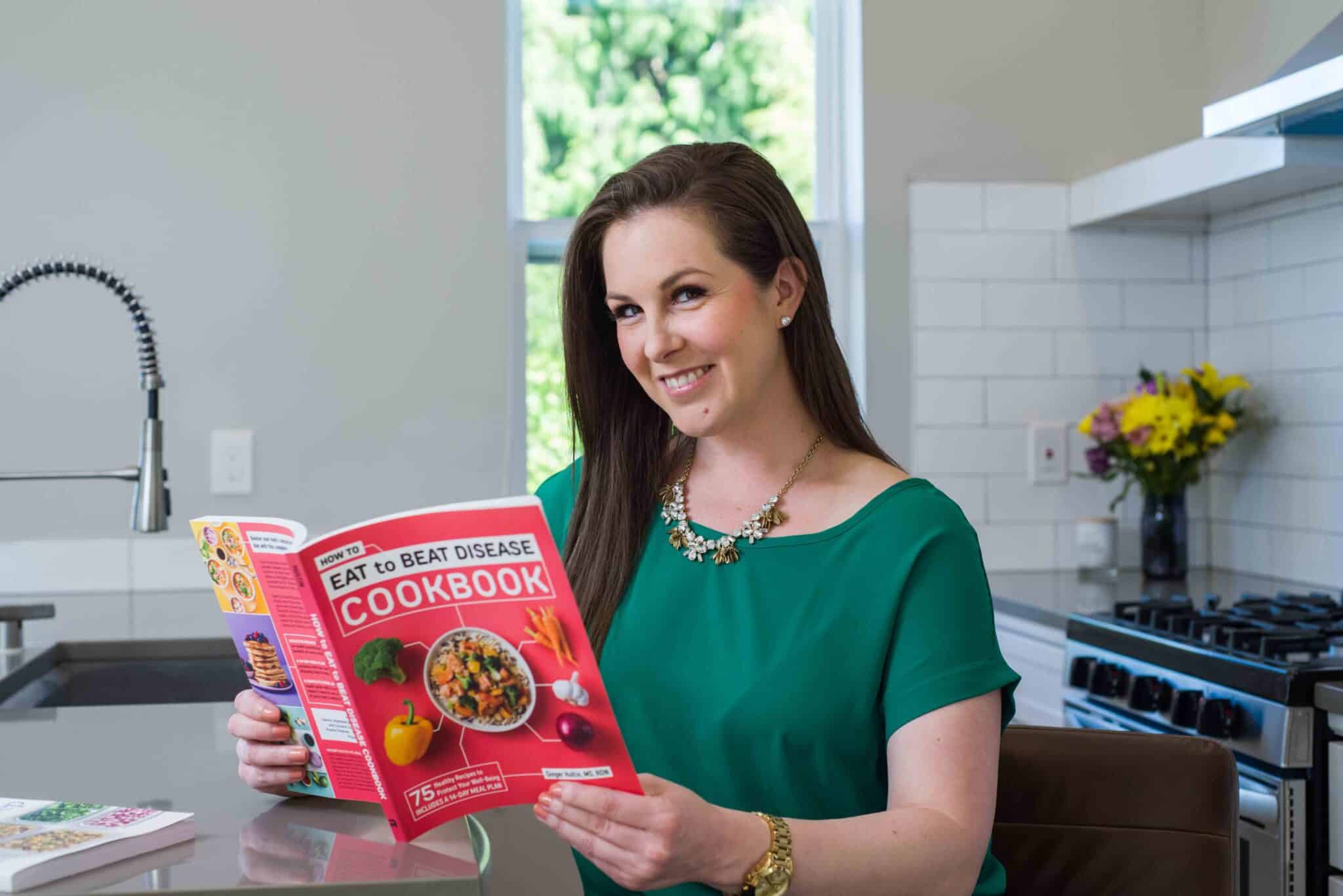Why You Need to Strengthen Your Core
April 16, 2015 by Ginger Hultin MS RDN
What do OrangeTheory, CrossFit, SoulCycle, Tabata, running, skiing, hiking and even sitting all have in common? They are all ways that you use your body, but more importantly they all rely on your core. Without a strong core these types of movement can become more difficult (yes even sitting). The word ‘core’ is super vague. Do you know how to define it? I remember taking a barre class and the instructor telling the class to engage their core and it seemed like half the class was wondering how. I am here to break down all things core related and why you need to strengthen your core.

Just Where Exactly is Your Core Located?

This is not a silly question at all! Many people think that our core is just those six pack muscles. Yes, those muscles are a part of your core, but they actually go a lot deeper than that. Your core is actually layered and goes as deep as your pelvic floor. An even better way to think of it, your core is all your muscles in the trunk of your body (think everything except your arms and legs). Ready to learn why all those muscles are important?
Just a Few of the Reasons You Need to Strengthen Your Core
Why would a person work out their core if they didn’t know what it is or why it is important? Core strength is the foundation of our movement and balance. It also protects the back from injury as it stabilizes the spine, pelvis, ribs and hips. Many people do not engage their core properly everyday. Think about bending over to put on your shoes or lifting a heavy grocery bag. We often engage through our back rather than our abdominal muscles. Engaging through our backs might work for a while when we are young, but as we age back pain becomes a real thing. Avoiding simple injuries in our day to day activities is a big reason why you need to strengthen your core.
I have witnessed people with underdeveloped core muscles be unable to do walking lunges because they cannot stabilize their core and lack the balance and strength to complete this activity, not regarding leg strength but trunk strength. We so rarely use one muscle or group of muscles in isolation; everything is connected. How’s your core? Read on for tips on how to work these vital muscles and why you need to strengthen your core.
Tips for Getting Started with More Core Strength
Plank
Working out your core moves beyond crunches. Sit-ups and such work the abdominal muscles but do not support the deeper muscles in the core area or the back muscles. Whenever you read about core workouts, the most commonly recommended activity is a plank. A plank can be done on the elbows or hands and on the toes or knees. Starting out, I recommend a hands and knees combination. If you are brand new to planks, try holding the exercise for 10 seconds at a time and increase as you can, working up to one minute or more. No matter what position your plank is in, be sure that your stomach and pelvis are not hanging low and your bottom is not pointing upwards into a pike. There are many variations of a basic plank; challenge yourself by planking on your toes and either elbows or knees and eventually test yourself by lifting one leg at a time off the ground and holding it steady. Increase the length of time you can hold and incorporate a plank into your weekly routine.

Obliques and Back
Because the core muscles wrap around the entirety of the trunk area, it is important to also work the side muscles or obliques. A side plank is very similar to a normal plank. In a plank, you can simply lift your left arm and turn your left hip so it is pointing upwards, balancing on either your knees or the side of your left foot. Be sure to train both sides equally. In this position, you can eventually challenge yourself by holding the side plank on your feet and hand or elbow, lifting the top foot up and holding it or slightly dipping the bottom hip towards the floor and back up to further work those muscles.
Yoga is a wonderful practice to strengthen the core, but you can utilize some of the basic poses any time to help work your core. Try cat-cow where on hands and knees, you move between rounding your back towards the ceiling, curving head and bottom down and then conversely pointing your abdomen towards the floor. You can also strengthen the core by starting in the same position and testing your strength and balance by lifting opposite arm and leg off the floor and holding that position for increasing amounts of time.
There are so many other exercises to practice for core strength: a variety of abdominal and oblique exercises, back extensions, handing knee lifts, bridges and hip lifts. To incorporate more of these exercises, work with a fitness professional, especially if you have any type of injury or limitations to these types of movements. Building up the core takes time and practice, but if you do it correctly, you can improve your balance, stability, agility, and potentially prevent future injury.
How can you commit to strengthening your core? Personally, I try to be more mindful of my posture. It is so easy to sit at my desk, computer, or even driving and forget about engaging my core. When I do engage my core, my spine is aligned and I even find myself able to breathe deeper. I’d love to hear about your favorite core exercises and what works for you.
If you are looking for personalized recommendations for core work, let’s connect and I’d love to work with you. I have a background as a personal trainer and we can discuss fueling your workouts with optimal nutrition. Happy planking!

Ginger Hultin,MS, RD, CSO
Thanks for visiting! If you're struggling with a cancer diagnosis, autoimmune condition, gut health problems, or even a medical mystery, nutrition can make a HUGE difference in your day-to-day life. I run a virtual, concierge private practice where I partner with my clients over time to help them improve their health through nutrition. Be sure to visit the blog for easy, plant-based, anti-inflammatory recipes and our "Resources" page for a variety of self-paced programs, books, e-books, and nutrition podcast episodes.
